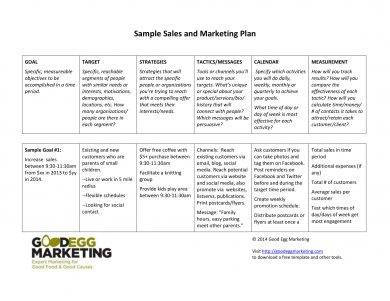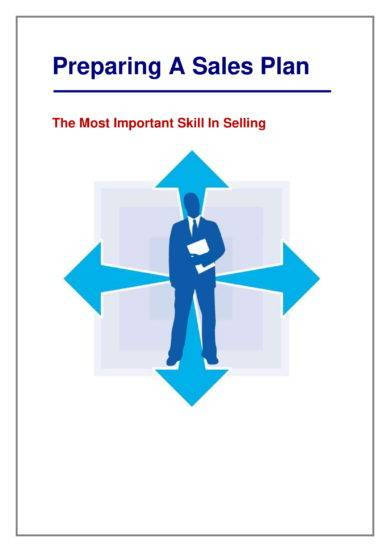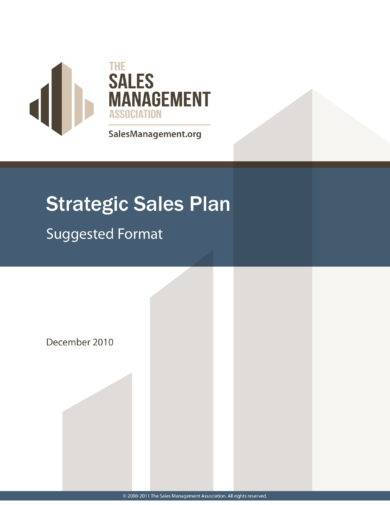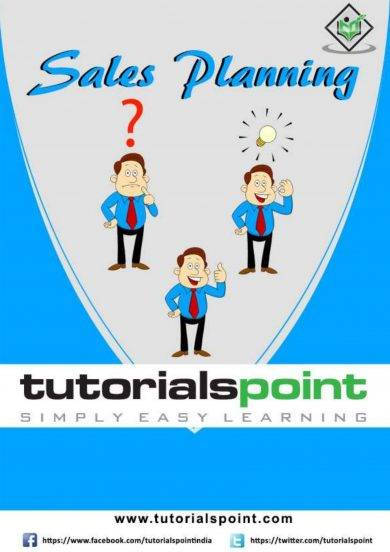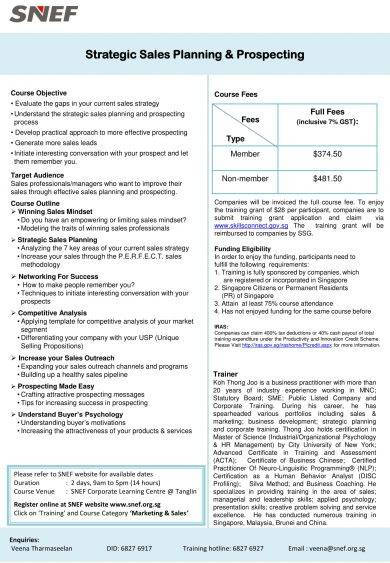10+ Sales Strategic Plan Examples to Download
In business, and in many other aspects in life, doing something without planning and preparation is like diving in the air without a parachute—you are risking your life without a safety gear and your business will surely be a failure. You may also see strategic action plan examples.
Moreover, planning and preparing for something without actual implementation will also not work in business. Nothing will happen. You are just wasting your precious time in planning. Hence, in sales, it is better that you will include in your plan a specific and detailed pathway and step-by-step guide on what to do to keep on track and make progress in order to achieve a certain professional goal.
You must come up with strategic, tactical, and operational plans for your long-term, medium-term, and short-term plans, respectively, with regard to your sales plans.
To know more about this, further discussion can be found in the later part of this article.
Strategic Sales Plan Example
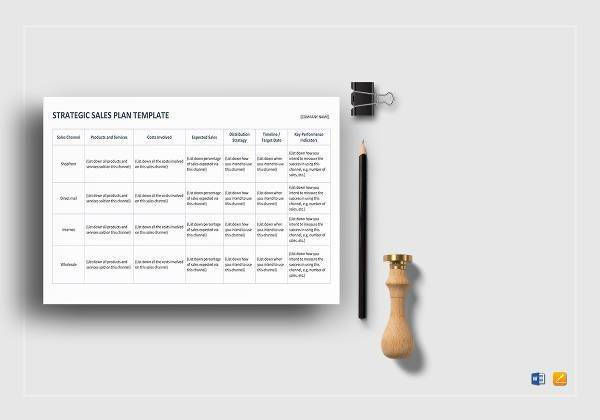
BC Timber Sales Strategic Plan Example
Brief Sales Strategic Plan Example
Sales Planning Defined
Sales planning is an important function in the procedure of sales management process, a method that involves sales forecasting, demand management, setting profit-based sales targets, and steps on how to achieve those sales plans. This also involves organizing activities needed in order to achieve business goals. This plan consists of a strategic document that presents your business targets and resources.
Sales Strategy Defined
Sales strategy serves as your road map to achieve the company’s sales goals. It also describes how your business will attract and retain value customers. It is subject to change and update based on the different feedback from sales people, market data, customers, among others. Sales strategy can be of great help in allocating people, effort, time, and money to certain outcome. You may also see strategic planning checklist examples.
Sales Strategic Plan Format
A strategic plan must be organized enough in order to keep the information uncluttered and in proper order. The information must be presented well and with clarity to ensure that there will be proper implementation of the plans, strategies, and objectives.
Here are the suggested subtopic format in a sales strategic plan:
1. Financial and Market Objectives
In defining the financial and market objective, you must know the critical indices such as sales, profits, share, and customers. The following questions can help you be definite and exact in your objectives:
- What are your financial objectives?
- Are these objectives achievable?
Your existing sales capacity must be clear enough to be understood by the people concerned with that certain aspect as this may be used to present sales leadership’s case. You may also see security strategic plan examples.
2. Current Sales Capacity
In determining your current sales capacity, you may refer to these questions:
- What are the drivers of sales productivity in your company?
- What are the drivers of sales productivity for individual sales resources (e.g., sales roles, channels, or markets)?
- What may be the changes needed to be implemented in order to improve the sales productivity?
- How will changes affect sales productivity overall and by the individual resource such as those presented above? You may also like personal strategic plans examples.
3. Changes Needed to Be Implemented
As stated above, you must be flexible and adapt to the unexpected changes that might happen with regard to your plans. You must know the different topics and aspects that may be relevant for your entity. This will close the gap between your current sales capacity and expected performance. You may also check out marketing strategy plan examples.
- Sales coverage and deployment
- Channel strategy
- Sales process
- Selling roles
- Incentives
4. Goal Allocation
In this section of your sales plan, you must consider these questions:
- How will the objectives be apportioned to available resources?
- What specific goals are given to the different individual resources such as channels, markets, and sellers?
- What is the expected performance and how does this quota differ from prior periods?
- What might be the reasons for the difference? You might be interested in HR strategy plan examples.
5. Performance Metrics and Plan Milestones
Also remember to include your performance metrics and plan milestones. These can be determined through answering these questions:
- What are the most important performance measures in order to achieve success for your sales entity?
- What are the relevant specific milestones that you have achieved throughout the year? You may also see one-page strategic plan examples.
6. Support Investments
Here are the questions that might help you with regard to your support investments:
- What must the members of the organization do in order for the sales entity to be successful?
- What are the investments needed from the firm?
- What are the support needs of the sales entity? Tip: these refer to training, technology, product, operations, marketing, or executive functions in an entity. You may also check out business development strategy plan examples.
- What must happen in other organizations so that the sales force will be successful? Tip: this pertains deliverables, decisions, or initiatives from partners, suppliers, customer, the government, and other related parties.
- What might be the alternatives to be considered if support investments do not materialize?
7. Communication Plan
Here are some questions that can guide you in your communication plan:
- In which area of the plan represent the most significant management challenge?
- How will your plan be communicated to the related parties initially and throughout the performance period?
- What training is to be implemented in order to implement the plan effectively? You might be interested in community strategic plan examples.
Comprehensive Sales Strategic Plan Example
Detailed Sales Strategic Plan Example
Developing Strategic Sales Plan Example
Discussion on Sales Strategic Planning
Sections in a Sales Plan
A sales plan will not only help you in determining the goals and objectives in an entity but also help you define and specify the ways on how to achieve them. There might be different structures in different entities, but the usual section in a sales plan are the following: sales objectives, resources, market analysis, product range, activity analysis, training plan, resource requirements, and sales strategy analysis.
1. Sales Objectives
These refers to the short-term, medium-term, and long-term objectives that relate to the objectives of the overall business, and can be specified as follows:
- Strategic planning – this will meet the long-term objectives of an entity and is more comprehensive than other types of planning. This will determine the “why” and “when” in terms to planning, and the persons usually involved are the president, partners, and directors.
- Tactical planning – this will meet the medium-term objectives of an entity and the one mediating and connecting the long-term plans to the short-term plans. This will determine the “where” and “how” with regard to planning, and the individual involved are the different managers and coordinators. You may also see procurement strategy plan examples.
- Operational planning – this will meet the medium-term objectives of an entity and is the most specific among the three. This will detail the “what” in a certain plan. The persons involved are the executor of the plans.
2. Resources
This pertains to the key players in the team, sales budgets, equipment, assets, and many others that can contribute to the efficiency in the performance of a certain entity. These resources must be taken care of by the entity as these will help them not only in the planning stage but also in the implementation of those general plans.
3. Market Analysis
This refers to a review of the market and may involve the comparison between the current state of the market and the market in the future. This will also include the general analysis of the activities of the competitor. This is important in order to understand the demands of the market as well as the market trend. Knowing and understanding market demands is important so you will know what to offer and how to enhance your current offer.
4. Product Range
Product range refers to the products or services available for sale, new and innovative products to be introduced to the market, and old products that need to be discontinued. This is important for you to be updated and to remain in the competition for you do not know, when you became lax and you slack off, you might no longer be in the market spot light. You may also see maintenance strategy plan examples.
5. Activity Analysis
You must consider reviewing your entity’s activity not only in the planning stage but also consistently from time to time by reviewing the different activity levels by salesperson and by-product. You may also check on the general statement of key ratios and average lead times for you to understand the current activity of your entity.
6. Training Plan
You must also analyze the training needs of the member of your team and the team as a whole that relates directly to the objectives of the sales entity and implement those training for them to be competitive in their different posts so that they can perform their respective tasks effectively and efficiently. You may also check out recruitment strategy plan examples.
7. Resource Requirements
This pertains to the, manpower, equipment, finance, and other similar resources that are required to achieve the sales objectives in an entity. You must be specific with regard to the requirements in order to meet the planned objectives.
8. Sales Strategy Analysis
This refers to the methods by which sales objectives will be achieved. This must be definite and specific to have an easy implementation of the plans and strategies of an entity.
Generic Sales Strategic Plan Example
Sales and Distribution Strategic Plan Example
Simple Sales Strategic Plan Example
Strategic Sales Planning and Prospecting Example
Quick Recap
A sales strategic plan is needed in order to forecast, manage, set the steps on how to achieve those sales plan. This serves as a road map to achieve your company’s sales goals. This must be flexible and subject to change and update based on the feedback from sales people, market data, customers, and other related parties. You may also see risk plan examples.
As recommended by most marketers and those that have years of experience in the sales strategic plan, your general plan must follow a certain format although this may be subject to change depending on the nature of your business and entity.
The suggested topics are as follows: financial and market objectives, current sales capacity, changes needed to be implemented, goal allocation, performance metrics and plan milestones, support investments, and communication plan. This will help your plan be organized and systematic.
There are also sections in a sales plan that you must consider, namely, sales objectives, resources, market analysis, product range, activity analysis, training plan, resource requirements, and sales strategy.
Having known these important areas in a sales strategic planning, you are now expected to be equipped with the knowledge needed in order to do the sales strategic plan yourself. Whenever you still find it hard to create your own sales strategic plan, you can always refer to the examples presented in the above section.




